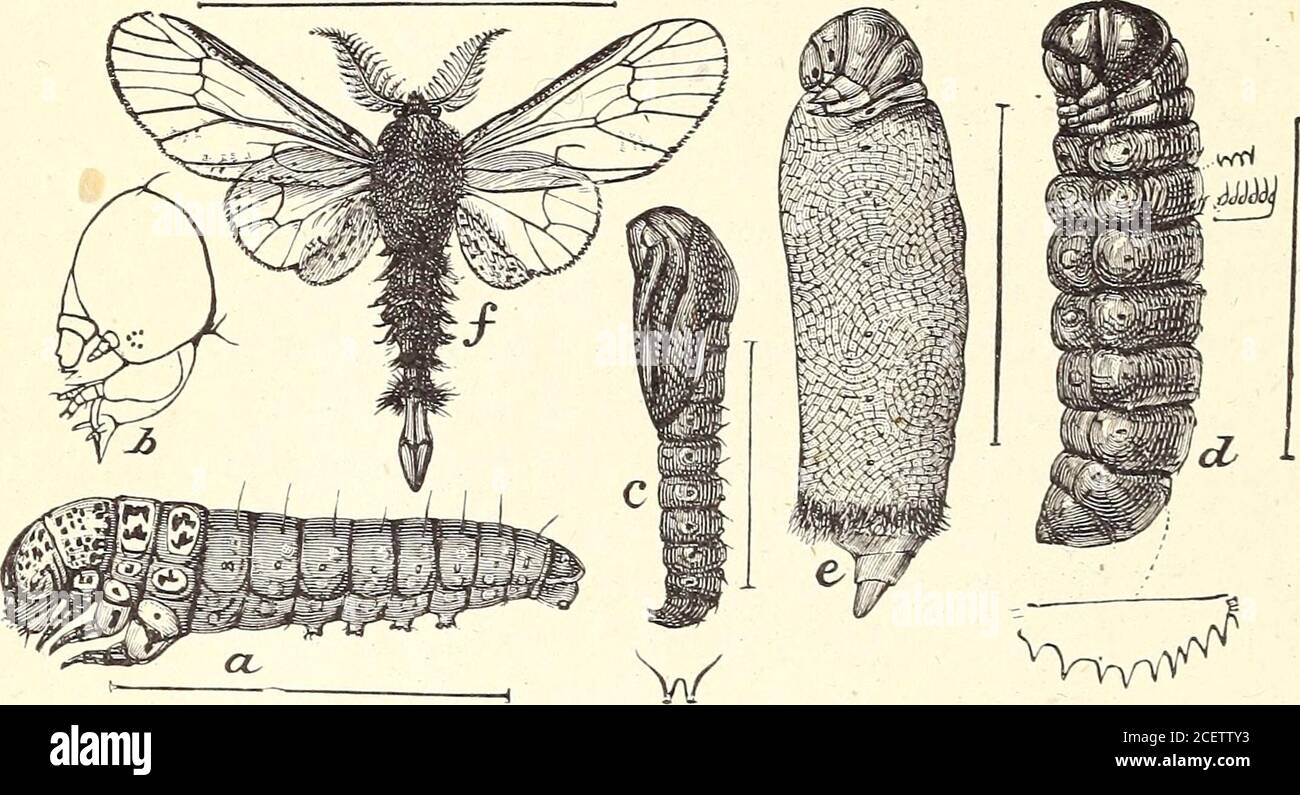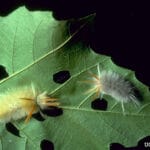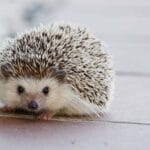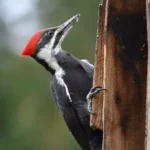Delve into the captivating world of the white-marked tussock moth (*Orgyia leucostigma*), a surprisingly complex creature integral to North American ecosystems. This comprehensive guide explores its unique life cycle, diverse diet, and effective management strategies, offering valuable insights for both nature enthusiasts and those seeking to protect their gardens.
Tussock Moth: An Up-Close Look
The white-marked tussock moth (Orgyia leucostigma)—a name that might be a mouthful—plays a significant role in North American ecosystems. Understanding its life cycle and habits can help protect our trees and gardens, as it’s a common garden pest. This guide provides a complete overview of the tussock moth, from identification to responsible management. Discover the fascinating world of the halichoerus, a true giant among marine mammals. And don’t miss the vibrant beauty of the inachis io butterfly, a true masterpiece of nature.
Identifying the White-Marked Tussock Moth
These moths are easy to identify, particularly in their larval stage, thanks to their distinctive features.
Larvae (Caterpillars): Resembling tiny, punk-rock fashionistas, the caterpillars sport four white tufts of hair on their backs (the “tussocks”), two long, black, feathery plumes near their heads, and a single bright red plume at the rear.
Adult Males: More subtly adorned, adult males are a medium brown with intricate wing patterns and a single white spot on each forewing.
Adult Females: Strikingly different, adult females are wingless, pale gray, and remain near their cocoons after emerging, laying their eggs there. This localized behavior makes caterpillar management crucial for population control.
Tussock Moth Life Cycle
Orgyia leucostigma typically has several generations per year, reproducing multiple times during warmer months. The life cycle progresses as follows:
- Eggs: Laid in large masses on the female’s cocoon, covered with a protective frothy secretion. The eggs are small (around 1mm or the size of a pinhead), initially pale, and darken over time.
- Larvae (Caterpillars): Upon hatching, the larvae feed on leaves, growing through several molts.
- Pupae (Cocoons): Fully grown larvae spin silken cocoons, often attached to leaves or bark, within which they transform.
- Adults: Emerging adults mate, and the cycle begins anew.
The Tussock Moth Diet
These caterpillars are polyphagous, meaning they have a diverse diet of over 140 woody plant species, including oak, maple, elm, willow, and various fruit trees, making them a potential pest in diverse ecosystems.
Managing Tussock Moths
Effective tussock moth management balances plant protection with environmental responsibility.
Physical Removal: Hand-picking and destroying egg masses and caterpillars is effective for small infestations.
Biological Control: Natural predators, such as birds, parasitic wasps, and flies, help control populations. Bacillus thuringiensis (Bt), a naturally occurring bacterium, is another targeted biological control option.
Chemical Control: Insecticides may be necessary for severe infestations. Consult a professional for safe and effective use, minimizing environmental impact.
Are Tussock Moths Rare?
The white-marked tussock moth (Orgyia leucostigma) is widespread across eastern North America and isn’t generally considered rare. However, populations can fluctuate due to factors like disease outbreaks, habitat changes (deforestation, development), and weather. They may be locally abundant in some areas and scarce in others.
Tussock moth caterpillars are a food source for birds and other insects, playing a role in the delicate balance of the ecosystem. Their distinctive appearance—brightly colored with fuzzy white tufts, sometimes a red head—makes them easily identifiable. Adult males have patterned brown wings, while females are wingless and pale gray.
For managing infestations, monitor tree health, as healthy trees are more resilient. Hand-picking egg masses and caterpillars can be effective for smaller infestations. Encouraging natural predators, like birds, or using beneficial organisms like the fungus Entomophaga maimaiga can also help. Insecticides are a last resort, and integrated pest management (combining different approaches) is often recommended. Ongoing research continually adds to our understanding of these fascinating creatures and their interactions with the environment.
What are the Eggs of Orgyia Leucostigma?
The flightless female white-marked tussock moth lays a large clutch (100-600) of small, round eggs directly on her cocoon. Initially white to pale yellow, these eggs darken over time to orange or brown. The female covers them with a frothy secretion that hardens into a protective layer, likely providing insulation, camouflage, and moisture. The eggs overwinter beneath this shield, hatching in spring.
| Feature | Description |
|---|---|
| Size | Approximately 1 millimeter in diameter |
| Color | Initially white to pale yellow, darkening to orange or brown |
| Number | 100-600 in a single mass |
| Covering | Frothy, hardening to a protective layer |
| Location | On top of the female’s cocoon |
| Hatching Time | Spring |
Identifying these egg masses is crucial for managing potential infestations. Removal before hatching can prevent widespread tree damage by the emerging caterpillars, which feed on a variety of trees. Though considered a pest, the white-marked tussock moth also plays a role in the ecosystem as a food source for other animals. Maintaining a balanced ecosystem is generally preferred over complete eradication. Ongoing research continues to shed light on their behavior, life cycle, and impact, with some studies suggesting certain tree species are more susceptible to damage.
How Big is a White Marked Tussock Moth?
The size of a white-marked tussock moth varies depending on its life stage.
- Caterpillar: Reaches about 1 inch (25 millimeters) in length.
- Adult Moth: Has a wingspan of approximately 1.3 inches (35 millimeters).
| Stage | Approximate Size | Comparison |
|---|---|---|
| Caterpillar | 1 inch (25 millimeters) | Width of a thumb |
| Adult Moth | 1.3 inch wingspan (35 millimeters) | Diameter of a larger coin (e.g., quarter) |
Caterpillars are slightly shorter than the adult wingspan but contain the potential for the moth’s final form. Ongoing research suggests factors like temperature and food availability may influence size, with some studies indicating faster development and potentially larger size in warmer environments. While subspecies exist with subtle size variations, these add another layer of complexity to the study of these insects.
- Georgia Platform: A Southern Strategy, 1850s - March 31, 2025
- How many weeks is 40 days: Quick Conversion Guide for Accurate Results - March 31, 2025
- How many feet is 300 meters? 984 Feet: Understand Length Conversions Easily - March 31, 2025

















2 thoughts on “Hemerocampa Leucostigma (White-Marked Tussock Moth): A Complete Guide”
Comments are closed.